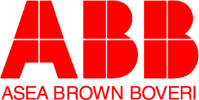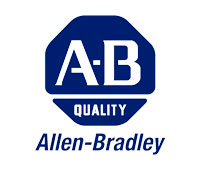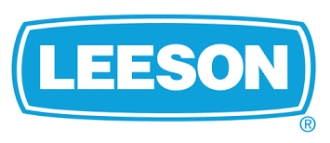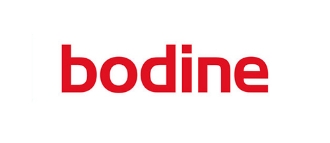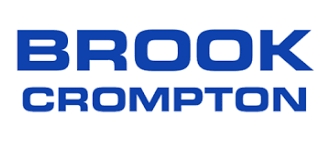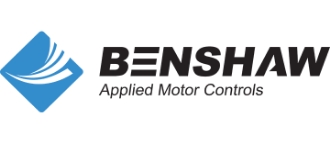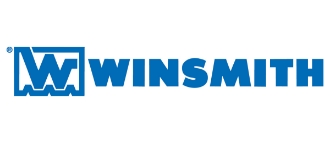
Options for Motors in Wet Environments
Water and electric motors don’t usually mix, so special measures are called for when you’re trying to operate motorized systems in wet or damp environments. In some way, the motor needs to be shielded against moisture and contain weep holes and other methods for moisture to escape the motor enclosure. Heating elements may also be called for to dry the motor and/or keep it warm in cold environments.
There are several options for doing this, with various levels of effectiveness. In most cases, the best choice is a washdown motor – a motor specifically designed to be waterproofed, which can even be hosed down for cleaning. However, there are other options; sometimes, you may have to make do with what you have and adapt it to fit the climate.
In this article, we’ll discuss the benefits and construction of washdown motors and other ways of staying powered in wet environments.
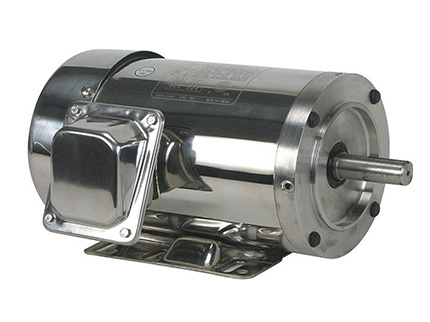
Quickly Search for an Mechanical Equipment you are looking for:

Request a Quote

Get in Touch

Get started with our simple, proven AES Repair Process
Once we have received your item for repair, we will receive the item in our system.
1Our quoting specialists will evaluate your item and determine the parts and labor necessary to complete the repair.
2Following your approval, we will get to work on your repair. One of our repair technicians will troubleshoot the problem(s) with the item.
3To ensure the highest level of quality throughout the repair process, we comply with ISO 9001:2015 Certified QMS standards, and an ESD program.
4Once the repair is complete, we safely package your item and prepare the item for delivery or shipment.
5Our Partners and Brands We Repair
All product names, trademarks, brands and logos used on this site are the property of their respective owners. The depiction, description or sale of products featuring these names, trademarks, brands and logos is for identification purposes only and is not intended to indicate any affiliation with or authorization by any rights holder.
Washdown motors
Washdown motors were initially designed to meet the needs of messy industries where cleanliness is a priority, such as food processing. In these cases, the work produces potentially dangerous waste, which must be easily cleaned off of all surfaces, including the motors.
So, washdown motors (also called sealed motors) were designed to be entirely waterproof and capable of being directly washed with hoses and sprayers without special cleaning processes.
Keeping 100% of the moisture out is impossible, so these motors are designed with a sealed engine compartment within a mostly-sealed enclosure. However, the outer shell has weep holes and other drainage points, which must be orientated appropriately downwards when the motor is installed.
These motors are typically made of stainless steel to prevent corrosion and avoid components like basic rubber, which moisture can compromise. Often, washdown motors are considered ruggedized, with high IP ratings – typically around IP69K – and usually with extra protection against vibrations and other environmental hazards.
So, while washdown motors were initially intended for use inside processing plants, they are one of the best all-around choices for motors in wet environments. They are typically more expensive than other options but make up for it in durability and long-term reliability.
Totally Enclosed Fan-Cooled (TEFC) motors
TEFC motors are the all-around choice for versatile motors operating in almost any environment. Broadly speaking, most washdown motors are TEFC designs, but not all TEFC motors are built to the same level of endurance as a washdown motor. While they are less rugged than washdown motors, they typically provide a good balance between price and reliability in wet situations.
TEFC motors can be used indoors and outdoors. Depending on the environment, a few things can protect them from the elements and improve their operational lifespan.
Mounting and Orientation: TEFC motors can typically work in various orientations, but you must pay attention to the position of their weep holes. They must always be at the lowest point on the motor to encourage moisture to flow out of the motor as quickly as possible.
Components can sometimes be rotated or moved to reposition the weep holes, but you should verify this beforehand. Once you know how it will be installed, you may need to buy your TEFC motor, at least in part, based on the position of the weep holes. If there are no better options, drilling your holes in the outer case may be possible, but only after ensuring nothing will be damaged.
Temperature: Since the motor compartment itself is entirely enclosed, heat buildup is an issue. The internal fan can handle the heat, but only up to a point. In hotter environments, additional cooling systems – such as more fans or liquid cooling – may be required to prevent burnout. The manufacturer’s specifications will tell you the maximum operating temperature without additional cooling.
This is particularly important in outdoor installations, which may see wide ranges of temperatures. Consider year-round environmental conditions before choosing an outdoor TEFC for the best results.Washdown Motors
III. Open Motors
Open-type motors should not be used in damp environments, as they lack any built-in waterproofing. However, real-world situations may require open motors when no other option is available.
The easiest adaptation is typically to create a shelter around the motor, designed to keep rain and snow away from it. The difficulty here is that open motors require airflow to stay cool, so the enclosure must still have enough ventilation – or a fan system – that the motor does not overheat. Using louvered (diagonal) grills or a Venetian-blind style adjustable grill can be a good option here.
However, the motor’s mounting position must also be considered, as the shelter cannot inhibit its operation. Ceiling-mounted motors, for example, should have ventilation placed as far as possible from any sources of moisture. In this case, louvered grills could guide moisture into the motor rather than away from it.
Or, build a more closed enclosure, and install a better cooling system inside it.
The other issue with open motors is condensation and the buildup of moisture, which is too fine to be kept out with grills or vents. Fans can help here as well. Or, in colder areas, you may use a heater to provide heat and drying power. As long as the motor is 5-10 degrees warmer than the outside air, condensation won’t form on or in the motor itself.
Alternatively, there is trickle heating. This utilizes a low-voltage single-phase electric signal applied to the motor windings when the motor is at rest. This provides heat to most motor components, including the windings, rotor, and bearings. However, this is also more difficult to set up and potentially more costly than just purchasing a motor better suited to its operating environment.
Be aware: no matter how you try to protect it, a standard open motor will most likely not have a long lifespan in wet environments. When the motor fails, replacing it with a TEFC or washdown motor is highly advisable. These will bring much longer lifespans, reduce maintenance needs, and prevent costly shutdowns due to motor failure.
To conclude: Whenever using a motor in wet, damp, rainy, or snowy environments, you should use a washdown or TEFC motor whenever possible. They will provide far more long-term reliability than other motors, while standard open motors should be kept from moisture.
Need help? AES is here to take care of you. Contact us at (866) 386-1001 or request a quote today.




